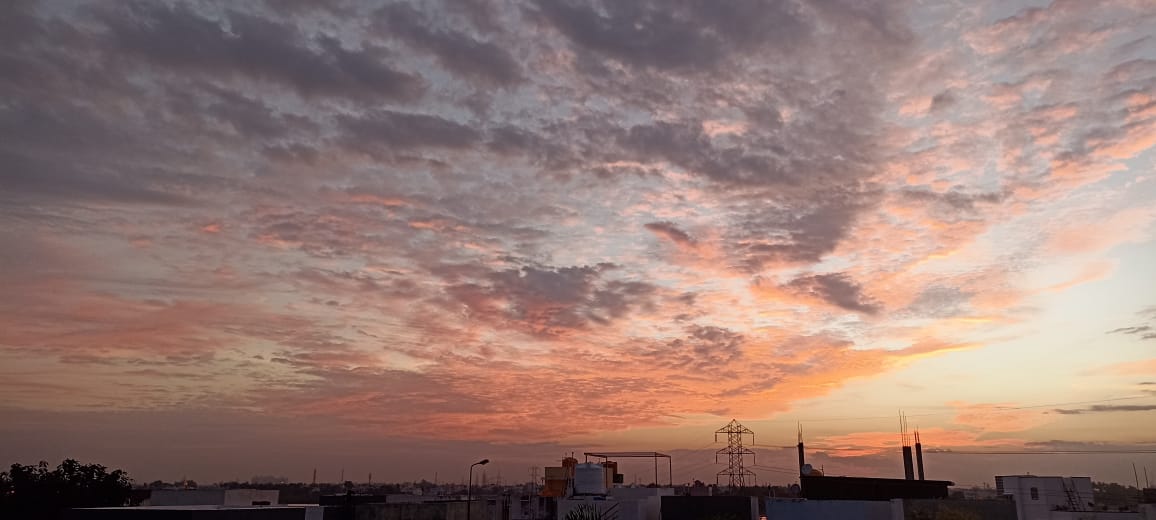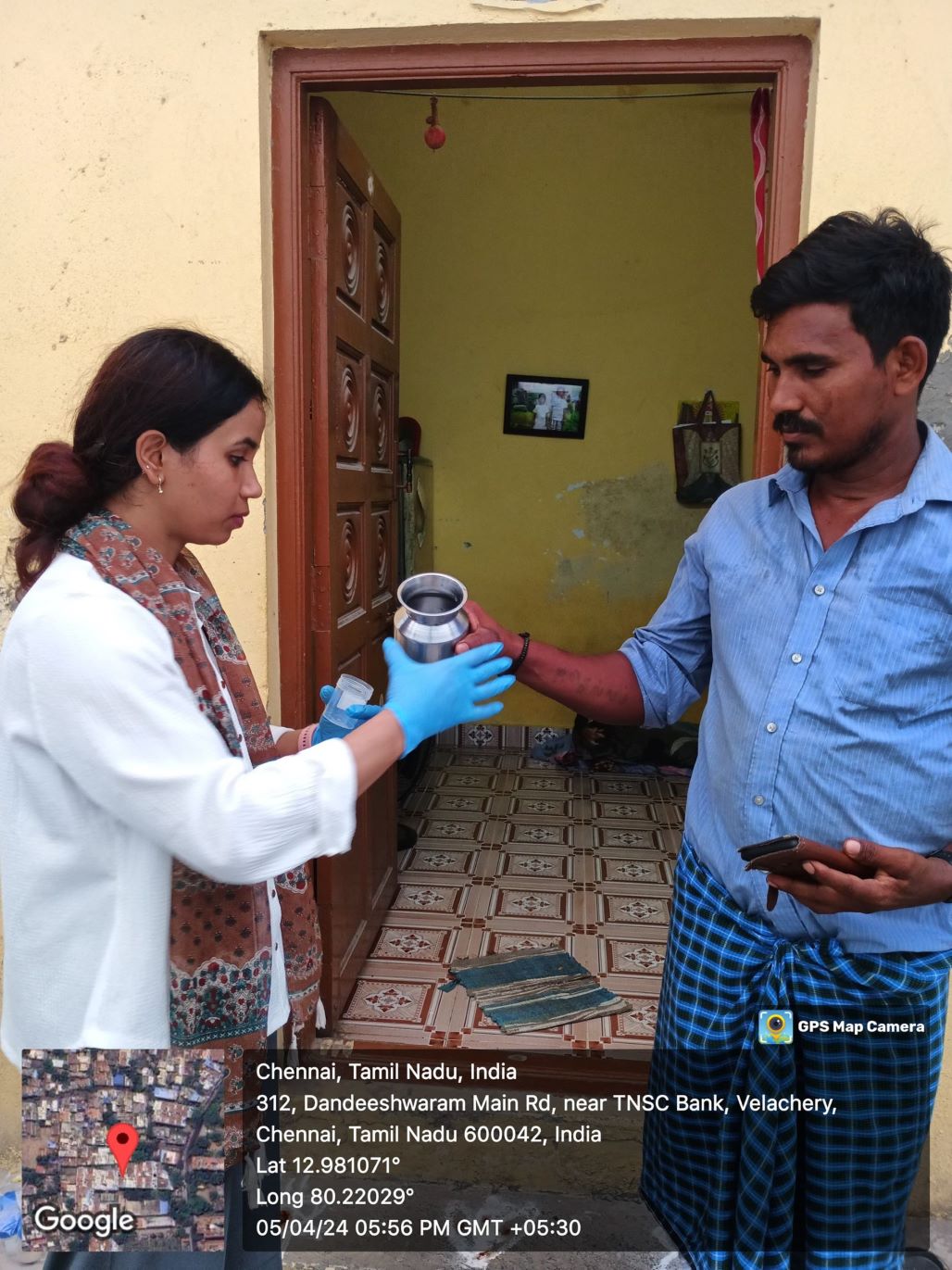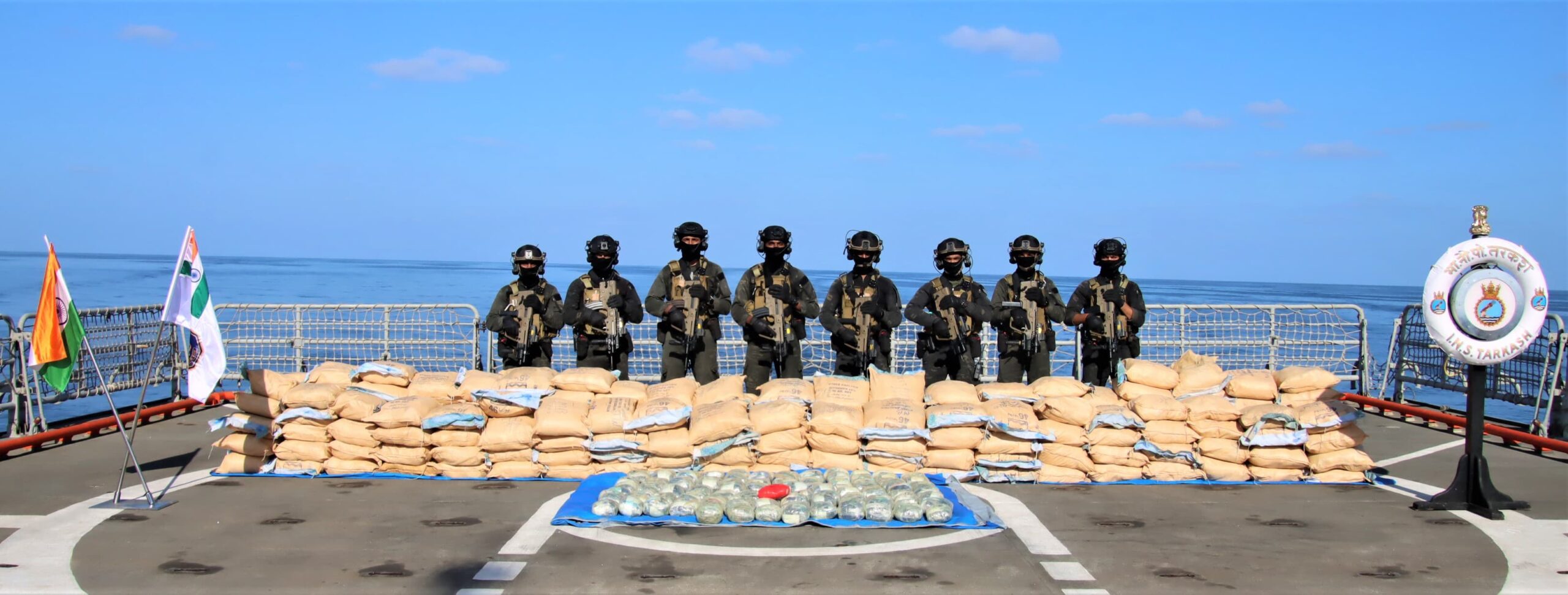TN receives near normal rain during the season while Chennai gets a huge surplus
The South West Monsoon (June – September) this year has been almost normal across the country recording at least 94 per cent of the average rainfall received during the period, a release from the Indian Meteorological Department stated.
Seasonal rainfall over Northwest, Central, South Peninsular and Northeast (NE) were 101 per cent, 102 percent, 92 per cent and 82 per cent respectively. Of the total 36 meteorological subdivisions, 3 subdivisions constituting nine per cent of the total area of the country received excess, 26 subdivisions received normal rainfall (73 per cent of the total area) and seven subdivisions (18 per cent of the total area) received deficient season rainfall.
Tamil Nadu recorded 328.4 mm of rainfall during the South West Monsoon period against an average of 354 mm, according to the Regional Meteorological Centre here. However, Chennai received copious rainfall during the period recording 779 mm against an average of 448.5 mm, a surplus of over 70 per cent with neighbouring Tiruvallur, Chengalpattu and Kancheepuram districts also receiving good rain during the SW Monsoon period.
Tamil Nadu recorded 328.4 mm of rainfall during the South West Monsoon period against an average of 354 mm, according to the Regional Meteorological Centre here. However, Chennai received copious rainfall during the period recording 779 mm against an average of 448.5 mm, a surplus of over 70 per cent with neighbouring Tiruvallur, Chengalpattu and Kancheepuram districts also receiving good rain during the SW Monsoon period.
The seven Meteorological subdivisions which got deficient rainfall are Nagaland, Manipur, Mizoram & Tripura (NMMT), Gangetic West Bengal, Jharkhand, Bihar, East UP, South interior Karnataka and Kerala. Monthly rainfall over the country as a whole was 91 per cent in June, 113 per cent in July, 64 per cent in August, and 113 per cent in September.
The advance of the Southwest Monsoon began on May 19 in the southeast Bay of Bengal, Nicobar Islands, and south Andaman Sea, due to persistent south-westerly winds and widespread rainfall. By 30 May, it had extended its reach to the southwest Bay of Bengal, more parts of the southeast Bay of Bengal, the Andaman Sea, Andaman and Nicobar Islands, and portions of the east-central Bay of Bengal, the release added. Continuing its advance, the monsoon covered areas such as the south Arabian Sea, Maldives, and the Comorin region on June 1, followed by additional parts of the south Bay of Bengal and east-central Bay of Bengal on June 2, 2023.
The monsoon reached Kerala on 8 June, seven days after the normal date of onset over Kerala. From there, it progressed further, encompassing central Arabian Sea, remaining parts of Kerala, portions of Karnataka, most of the north-eastern states, Goa, Konkan, Tamil Nadu, Puducherry, many parts of Andhra Pradesh and many parts of Bay of Bengal by the second week of June. On 19 June, it extended to more areas, including parts of Karnataka, Andhra Pradesh, some more parts of Bay of Bengal, and parts of Gangetic West Bengal and Jharkhand.
During the last week of June, it covered a vast area, including Odisha, Telangana, Chhattisgarh, Jammu and Kashmir, Ladakh, Uttar Pradesh, Himachal Pradesh, Vidarbha, Haryana, north Arabian Sea, Gujarat, Rajasthan. On 2nd July, it covered the remaining parts of country, a remarkable six days ahead of the usual date of July 8.
With reduction in the rainfall and formation of the anti-cyclonic circulation in lower troposphere, withdrawal of the SW-monsoon 2023 began on 25th September against the normal date of September 17, the release stated.
The North East Monsoon season begins officially from October 1 and ends on December 31 during which period TN and other coastal parts of the country receive substantial rainfall.



